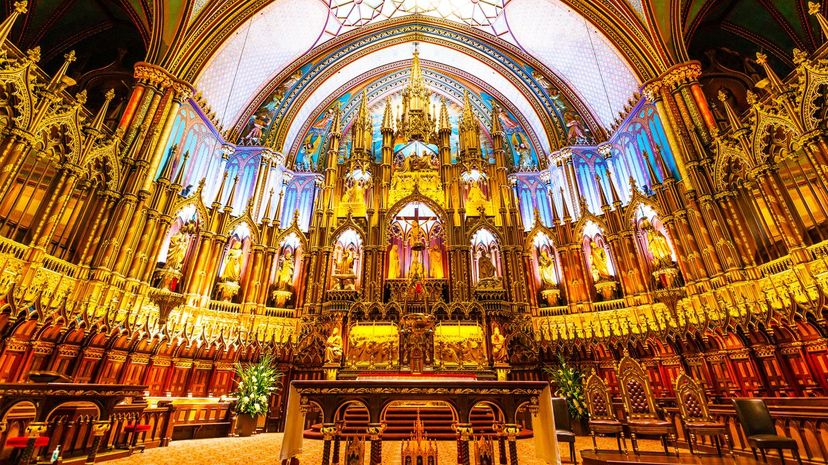
About This Quiz
Canada is home to dozens, if not hundreds, of beautiful landmarks. Some of these landmarks were formed by nature and some are the work of talented Canadians: engineers, politicians, not-for-profits and artists. Perhaps more important than ever, some of these landmarks are also important in terms of showcasing and preserving indigenous lands, customs and historic sites.Â
External forces, such as Canadian Pacific Railroad, have been instrumental in forming some of the nation's most significant landmarks; as the railroad was built across Canada, it left a string of monuments and hotels in its wake. Natural landmarks vary significantly as you travel across the country. You'll find that British Columbia is home to some of the best surfing beaches in the world, the Rockies hide pristine glacial lakes, and the Maritime provinces contain some of Canada's most important heritage sights. (There may not have been an Anne of Green Gables without one of them.)
This quiz invites you to take an imaginary trip across the country where you'll see the Northern Lights, the Parliament Buildings and a rainforest located in the heart of a major Canadian city. Are you ready to see if you can identify these Canadian national treasures? Let's go!
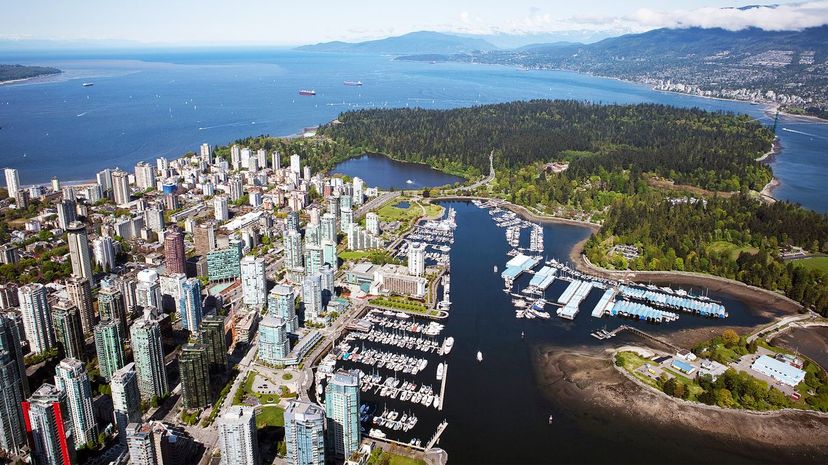
Located in the West End of Vancouver, Stanley Park's high-traffic seawall is surrounded by English Bay and the Burrard Inlet. Containing at least 500,000 trees, Stanley Park is essentially a small rainforest within the downtown core.
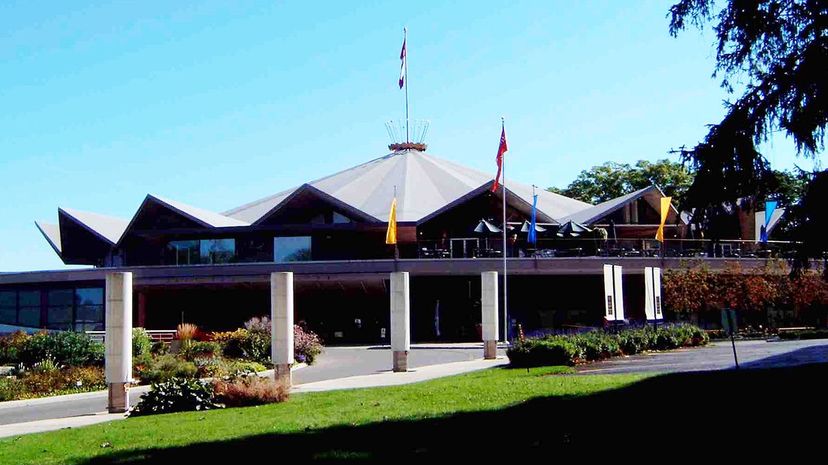
One of four theatre venues in Stratford, Ontario, the Stratford Festival Theatre is the largest and most familiar to the millions of theatre-goers visiting each year. Established in 1952 by Tom Patterson, the Stratford Festival is famous for its Shakespeare productions as well as other famous plays and musicals.

Covering 6,641 square kilometres, Banff National Park is located in Alberta and is Canada's oldest national park. While Banff is famous for its rugged terrain and beautiful hiking trails, it's also home to Lake Louise, a glacial lake that is home to the famous Fairmont Chateau Lake Louise resort.
Advertisement

An attraction for those who don't have a fear of heights, the 140-metre-long Capilano Suspension Bridge crosses over the Capilano River. At Christmas time, the bridge and surrounding area are decorated with millions of lights, creating a postcard-worthy sight 70 metres in the air.

Notre-Dame Basilica (or Basilique Notre-Dame de Montréal, as it's known to French-speaking Canadians) is a prime example of Gothic Revival-style architecture. Dating all the way back to the late 1600s, the basilica is visited by more than 11 million people each year.
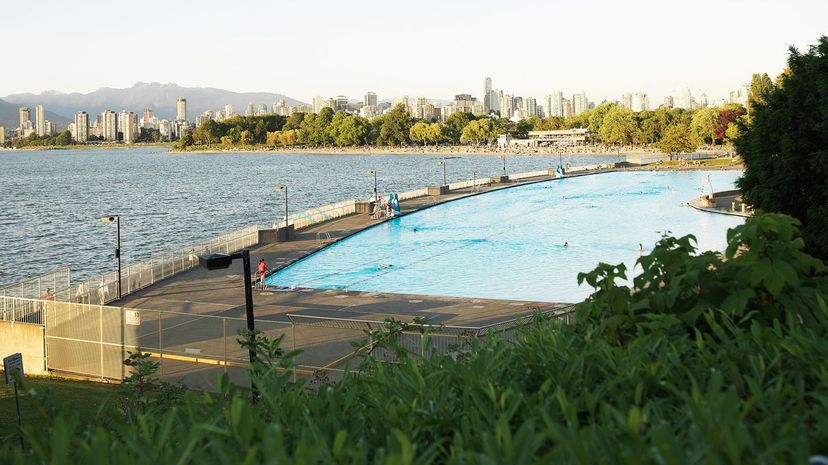
Situated right beside Kitsilano Beach, Kitsilano Pool is a dream come true for swimmers. The longest pool in North America at 137 meters, this heated saltwater pool is approximately the same size as three back-to-back Olympic-sized swimming pools (and it is open to the public!)
Advertisement

Located in Cavendish, Prince Edward Island, Green Gables Heritage Place was built in the 19th century and is said to have inspired the novels of L.M. Montgomery - particularly the Anne of Green Gables series.
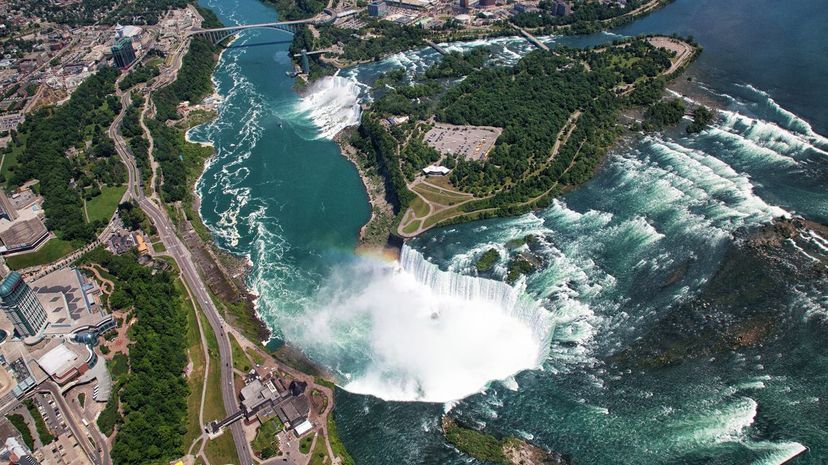
Niagara Falls is made up of three waterfalls, the Canadian Horseshoe Falls and on the New York state side, the American Falls and Bridal Veil Falls. The Niagara Falls are an important source of hydroelectric power on both the Canadian and American sides.
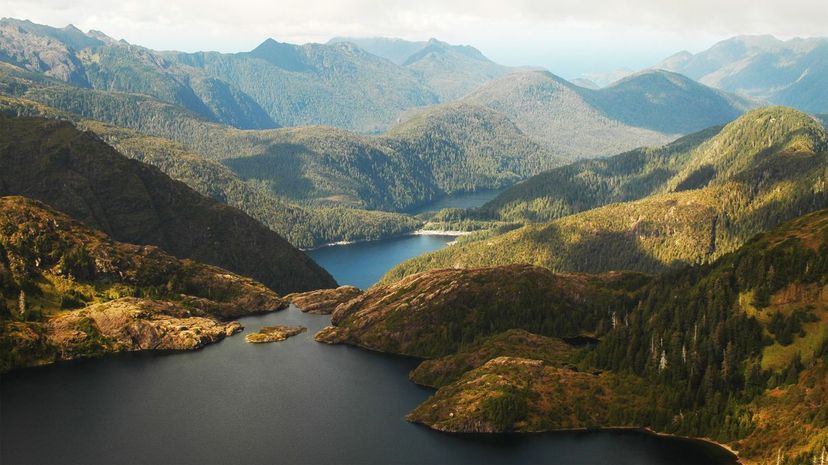
Sometimes referred to as the Galapagos Islands of Canada, the Haida Gwaii archipelago is made up of two main islands and 150 smaller islands. The Haida people have called these islands home for at least 13,000 years, and the islands were officially renamed in 2010 to reflect this rich cultural history.
Advertisement

Up until the completion of the Burj Khalifa in Dubai, the CN (Canadian National) Tower was the tallest in the world at just over 553 metres. Visitors to the CN Tower can travel to the top in a glass elevator, enjoy the view from the top at 360 Restaurant, complete an Edge Walk or walk on a glass-bottomed floor.
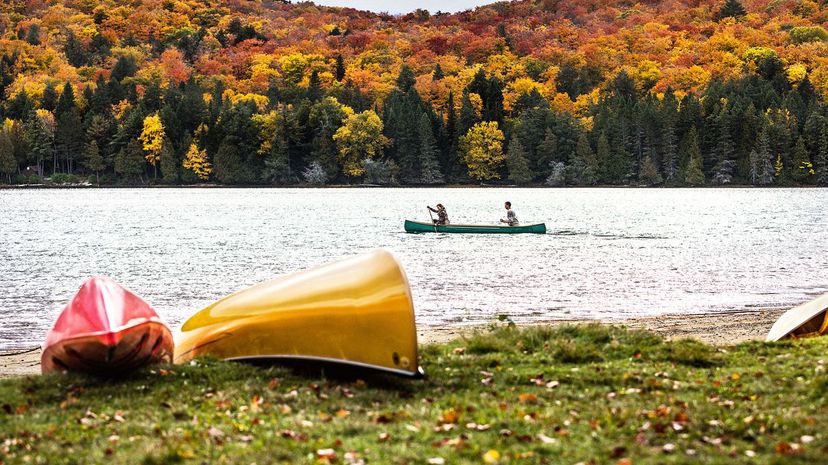
Covering 7,653 square kilometres, Algonquin Provincial Park was founded on May 27, 1893, making it Canada's oldest provincial park (and Ontario's first.) Algonquin Park is known for having more than 1,500 lakes, rugged camping conditions and a large variety of wildlife.

Located on Vancouver Island, the Butchart Gardens feature a Japanese garden, several restaurants and coffee shops, a sunken garden and a Mediterranean garden. During the warmer months, the gardens also host classical and jazz music outdoor concerts.
Advertisement
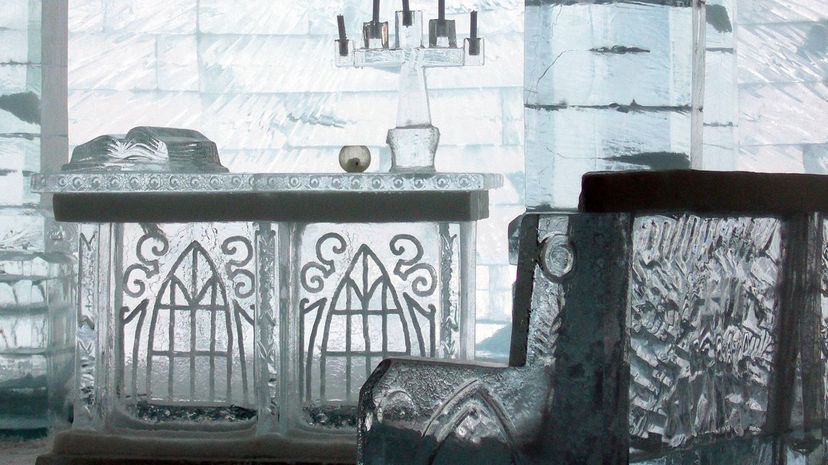
Built entirely of ice, the Hôtel de Glace is rebuilt each year in December and is completed for guests arriving in January. In addition to the building's structure, almost everything in the hotel, from furniture (including the beds) to cocktail glasses, are made of ice.

The UBC (University of British Columbia) Botanical Gardens are the oldest university campus gardens in Canada. First built in 1916, it features over 8,000 varieties of plant life and is heavily utilized by researchers from the UBC Centre for Plant Research.
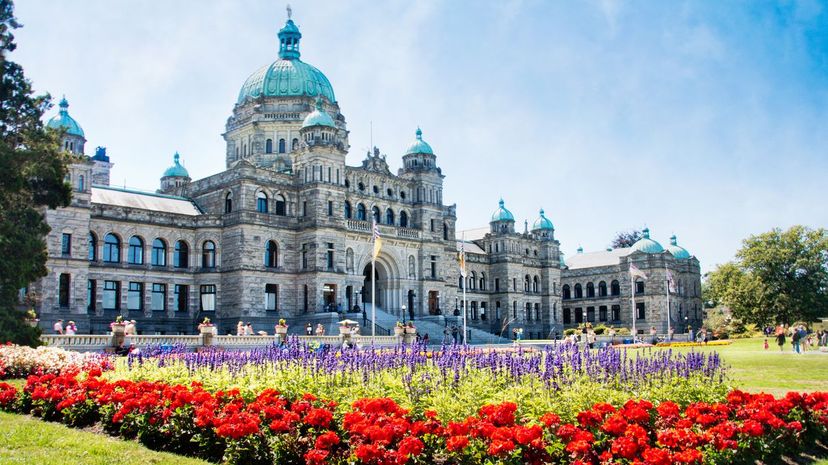
Based in Victoria, British Columbia, the historic British Columbia Parliament Buildings are considered an example of Baroque-Revival architecture (a popular style in the late 1800s.) The lawns of the Parliament Buildings showcase a war monument as well as a statue of Queen Victoria.
Advertisement
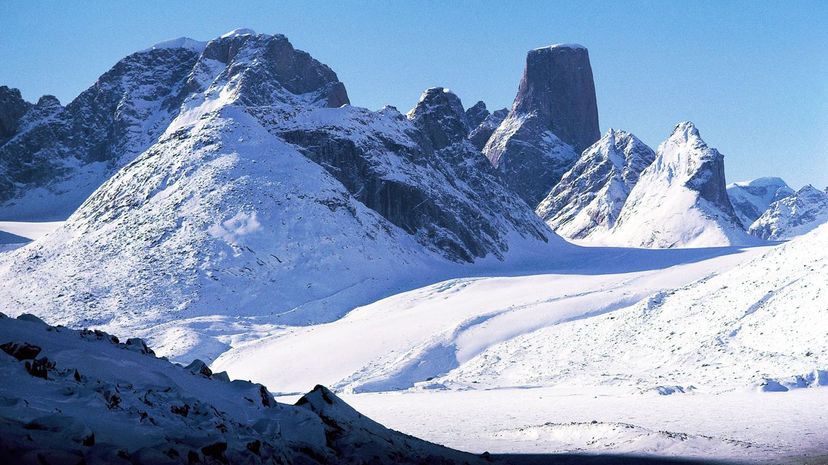
Mount Asgard is located on Baffin Island on the Cumberland Peninsula in Nunavut. Its highest peak is 2,015 metres, drawing the attention of highly skilled rock climbers from around the world (many of the established routes involve the use of free climbing techniques.)
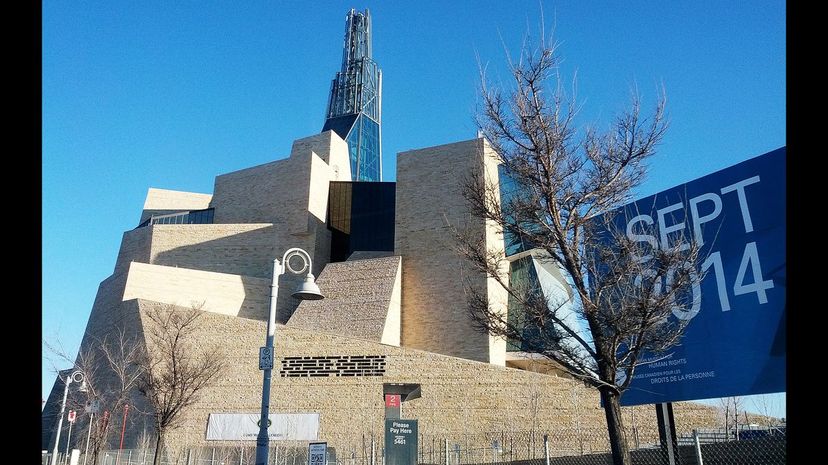
Founded in 2008, the Canadian Museum for Human Rights has several important mandates, including - but not limited to - celebrating Canada's commitment to human rights, creating a credible library of resources for visitors and offering dynamic human rights content.
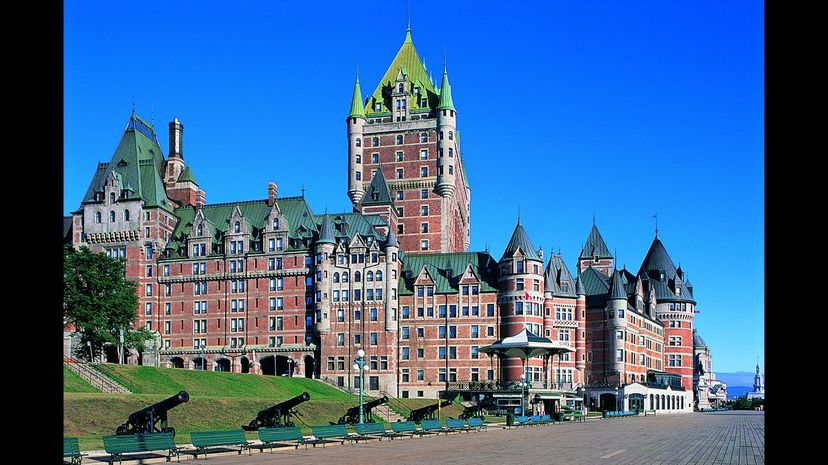
The Fairmont Château Frontenac (generally referred to as the Château Frontenac) first opened its doors to Quebec City and the world in 1893. An example of a grand railway hotel in Canada, it was originally funded and built by the Canadian Pacific Railway company.
Advertisement
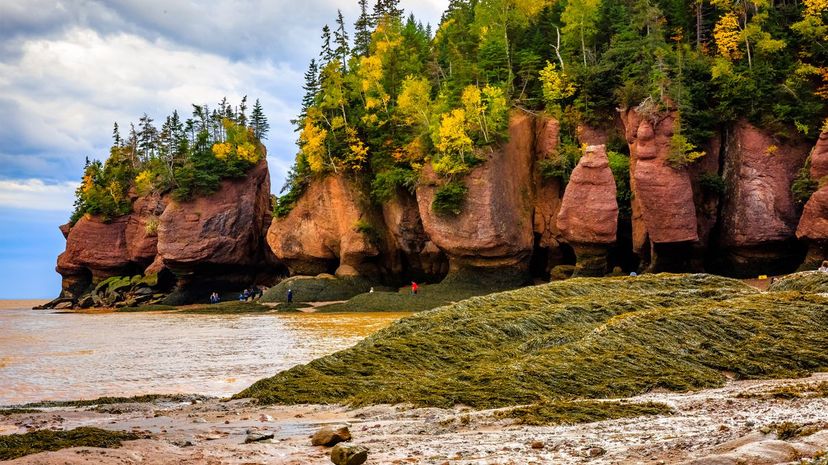
Colloquially referred to as the Flowerpots Rocks, these beautiful rocks are a product of tidal erosion in the Bay of Fundy over a long period of time. Located at The Hopewell Rocks Ocean Tidal Exploration Site in New Brunswick, these rocks are made of sandstone and dark sediment rock.
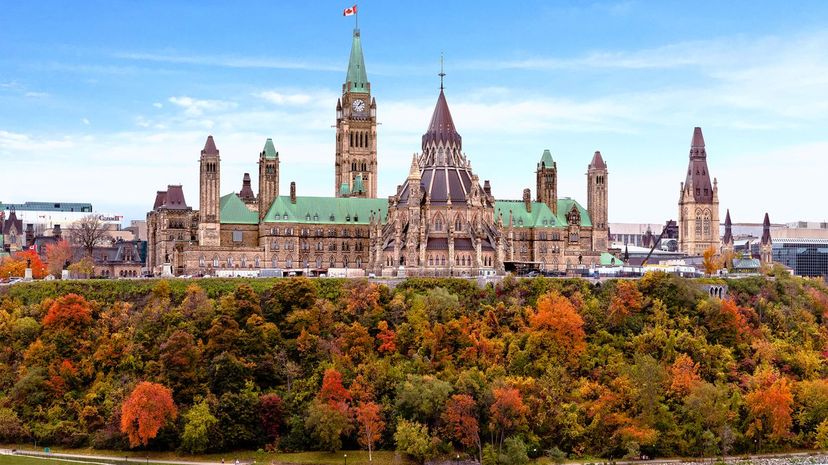
If you're at all involved with Canadian politics, chances are you refer to the cloister of Parliament Buildings as The Hill. The Canadian Parliament Buildings sit on Crown land in Ottawa, Ontario's, downtown area, and are home to Canada's Federal Government.
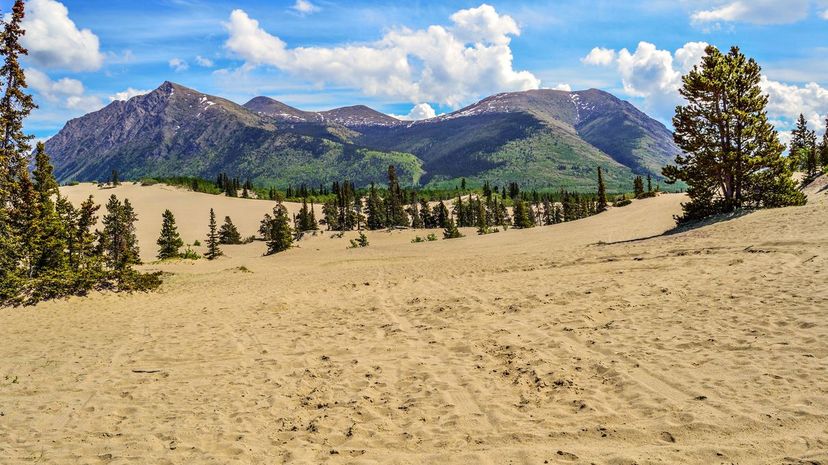
This teeny tiny desert sits just outside of Carcross, Yukon, and is amongst the smallest deserts in the world at only 2.6 kilometres squared. Although Carcross looks like a desert, it's a group of northern sand dunes and is considered too humid to be classified as an authentic desert.
Advertisement
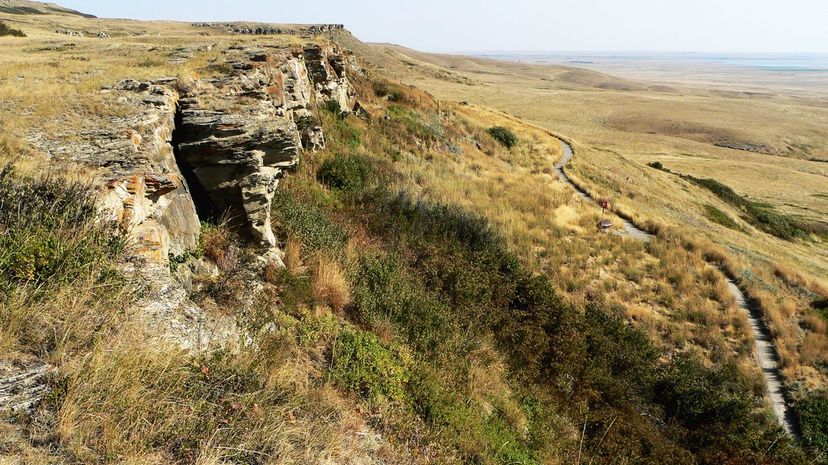
Head-Smashed-In-Buffalo jump is located in southern Alberta where the Rockies connect with the Great Plains. It is considered an integral part of the Blackfoot people's history for over 5,000 years, when buffalo were herded off cliffs for communal hunting purposes.
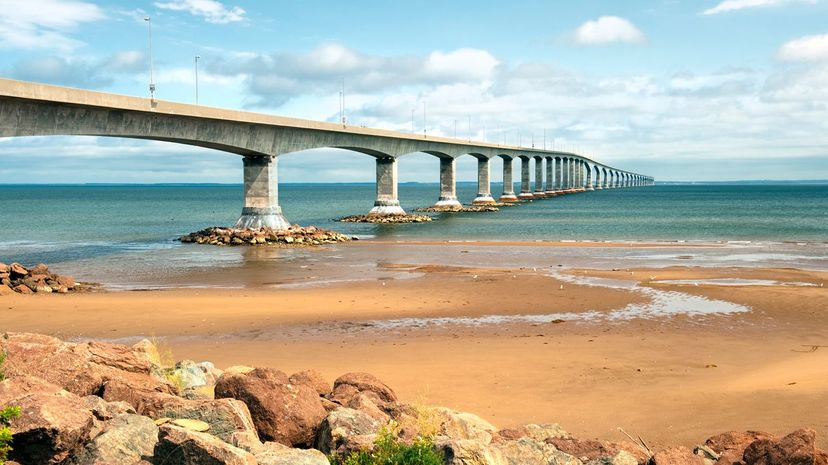
Built over a period of almost four years between October 1993 to May 1997, the Confederation Bridge spans just under 13 kilometres and connects New Brunswick to Prince Edward Island. It currently holds the world record for the longest bridge over ice-covered water.
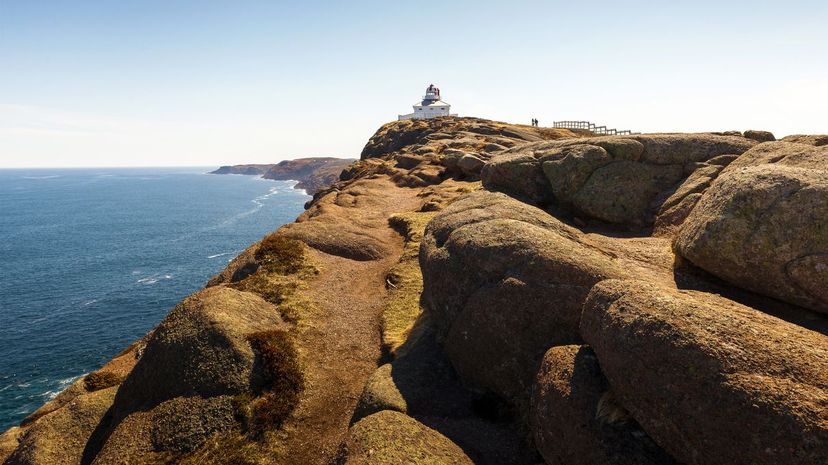
Cape Spear is located near St. John's, Newfoundland and Labrador, and is known for being the easternmost point in the Western hemisphere (off North America; Greenland is not included). Hikers recognize Cape Spear as being the endpoint of two different parts of the East Coast Trail.
Advertisement
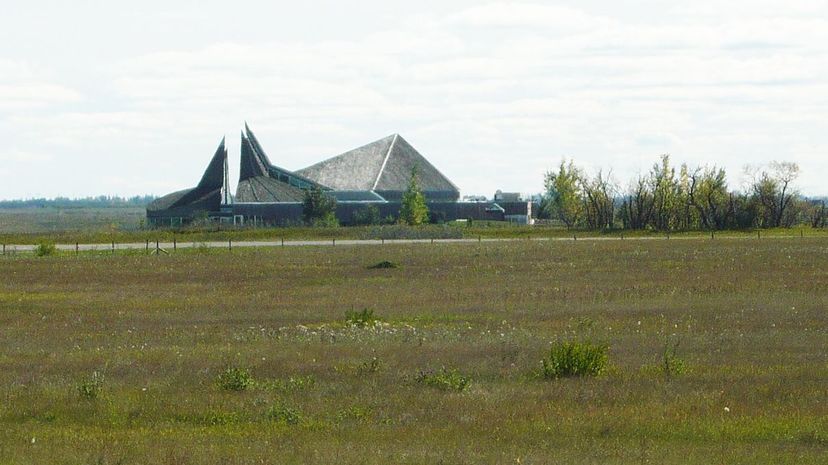
Wanuskewin Heritage Park is a National Historic Site of Canada (currently trying to attain UNESCO World Heritage designation.) The site is dedicated to upholding and sharing the heritage of the Northern Plains' indigenous people and features important archaeological discoveries dating back 6,000 years.
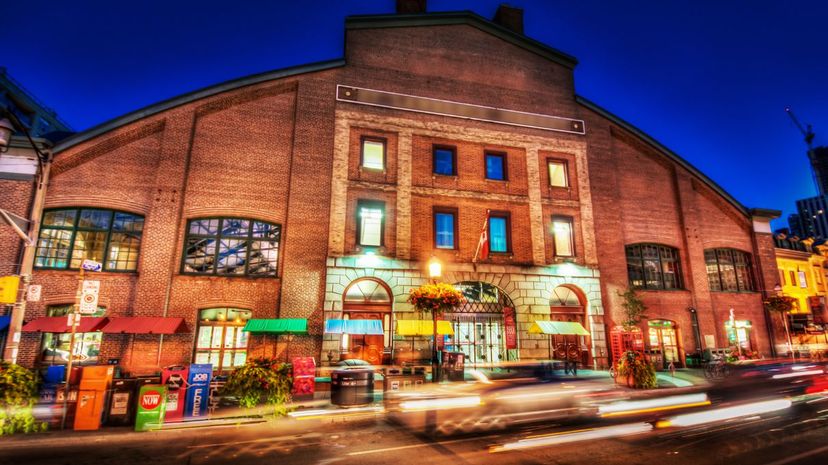
Featuring local produce, cheesemakers, butchers and sundries, the St. Lawrence Market South building in Toronto, Ontario, hosts a public market every Tuesday, Friday and Saturday. On Sundays, the space is transformed into an antiques market.
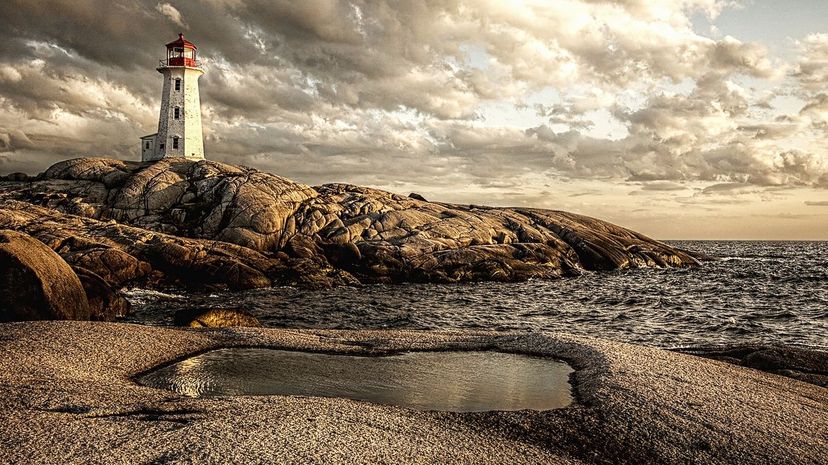
A short drive from Halifax, Nova Scotia, Peggy's Cove is a small fishing community very close to Peggy's Point, the site of the iconic Peggy's Point Lighthouse. Peggy's Cove is known for its lobster fishing, colourful houses and tourism industry
Advertisement
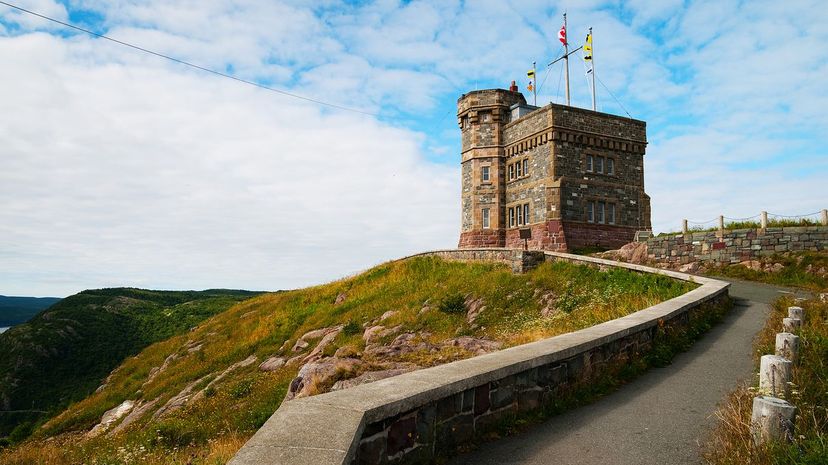
Cabot Tower was built in 1898 in order to celebrate the 400th anniversary of John Cabot's "discovering" Newfoundland. He is considered to be the first explorer since the Viking period to land on what is now Canadian soil.)
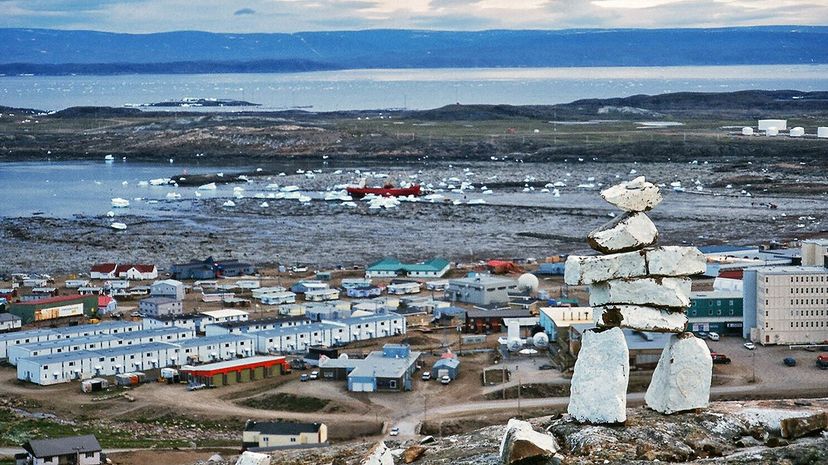
Baffin Island, located in Nunavut, spans a vast area of 507,451 square kilometres. The island is home to many different types of Arctic wildlife, including polar bears, Arctic foxes, ringed seals, Arctic wolves, Canada geese and loons.
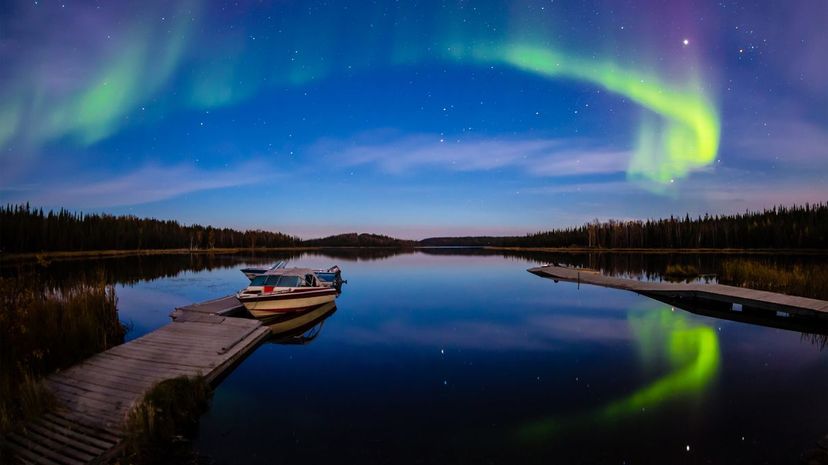
Aurora Borealis (also known as the Northern Lights) can be seen across northern Canada, but Yellowknife is considered to be one of the best viewing spots in the world. The best time of year to see the Aurora Borealis is from the middle of November to the beginning of April.
Advertisement
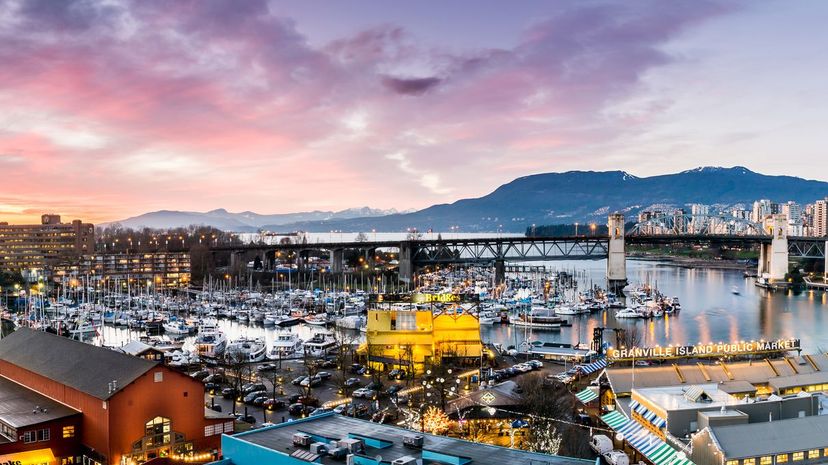
Granville Island is located in False Creek, Vancouver (directly across from the downtown core), and features over 275 small businesses, including a famous public market, live theatres, restaurants and bars, several breweries and distilleries, local artists and a marina.
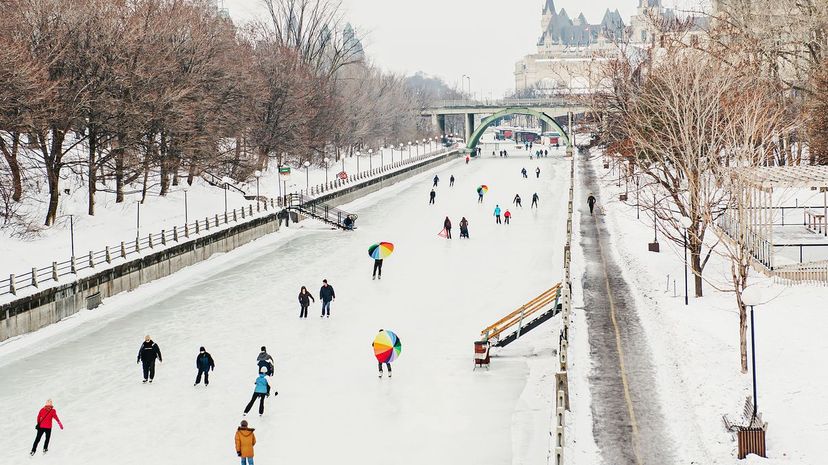
Run by Parks Canada, the Rideau Canal extends from Ottawa, Ontario, all the way to Lake Ontario and the Saint Lawrence Rive in Kingston, Ontario. During the winter, commuters in Ottawa will skate the Rideau Canal instead of walking or driving.
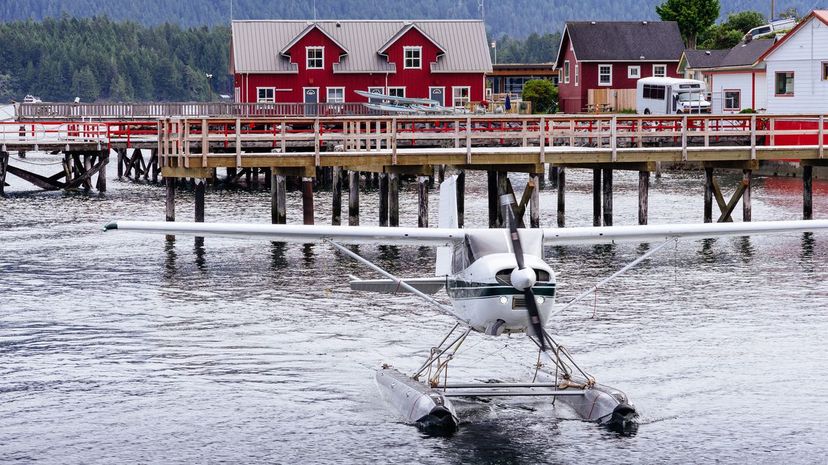
Known for its surfing, whale watching, camping, hiking and bird watching, Tofino, British Columbia, is located on the west coast of Vancouver Island. Tofino is accessible from the mainland by ferry, airplane or, if you're lucky, by float plane.
Advertisement
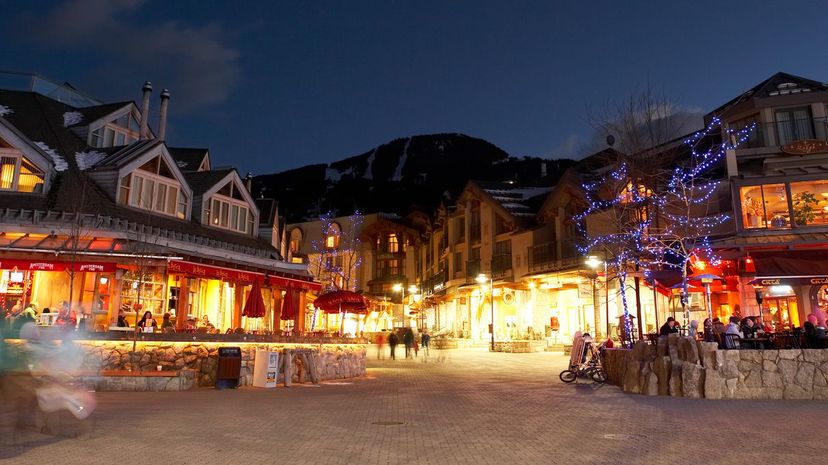
Host to many events at the 2010 Winter Olympics (including skiing, bobsled and luge competitions), Whistler is a small municipality situated in the southern Pacific Ranges of the Coast Mountains. During the off-season, Whistler attracts spa-goers, mountain biking enthusiasts and hikers.
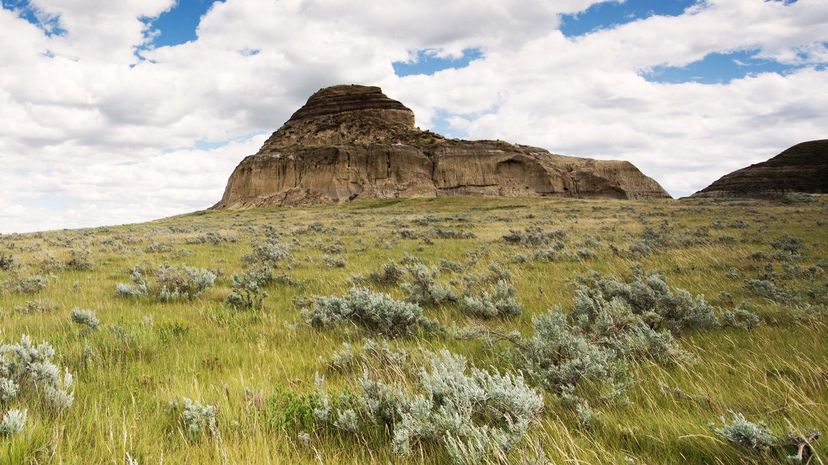
Located south of Regina, Saskatchewan, Castle Butte is a massive free standing structure that is 60 metres high and half a kilometre around. Made from sandstone and clay, it also contains alkali and coal deposits throughout the rock.
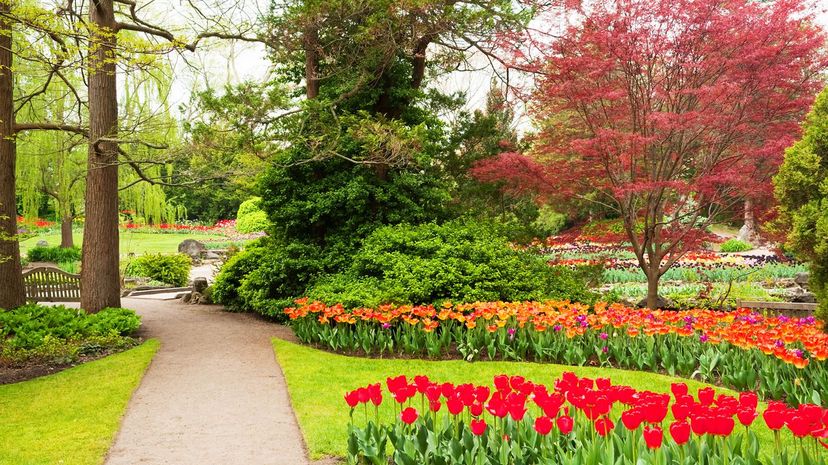
Not only are the Royal Botanical Gardens a major tourist attraction for those heading to Niagara Falls from Toronto, they're also an important sanctuary for birds, reptiles and endangered plant and tree species.
Advertisement
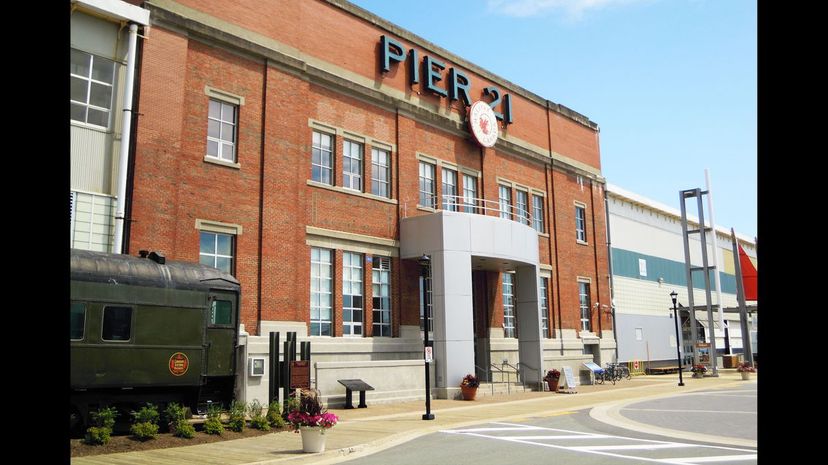
From 1928 to 1978, Pier 21 was an immigration shed (and is Canada's only remaining immigration shed), ushering thousands of new immigrants onto Canadian soil during those 50 years. Most of Pier 21 is now a museum, where guests can learn about the rich history of immigration in Canada.
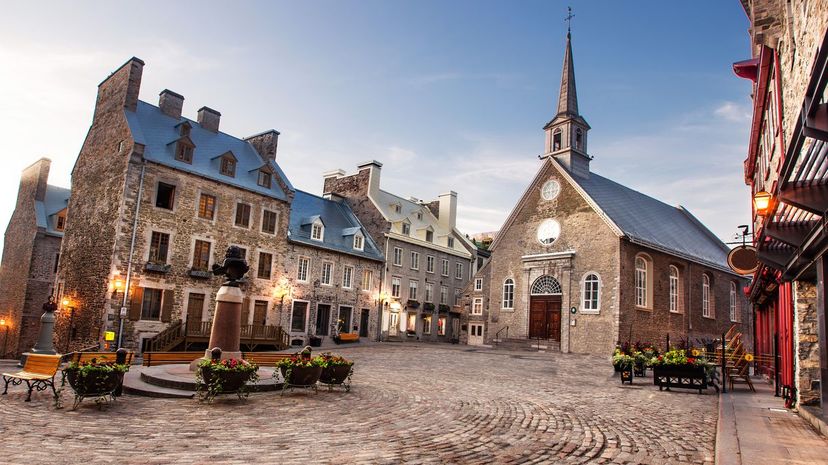
Over 400 years old, Old Québec City (Vieux-Québec) is famously known for being the only fortified city north of Mexico. A favourite attraction for tourists, Old Québec City has something for everyone, including a 400-year-old monastery, antique shops, museums, and restaurants featuring local specialties.

The Inner Victoria Harbour, located in the heart of Victoria's downtown, is home to the Parliament Buildings of British Columbia, the Fairmont Empress (where an elegant high tea is served daily), the Royal BC Museum and Archives as well as numerous shops and restaurants.
Advertisement

Officially opened for use in 1938, this three-lane suspension bridge is named the First Narrows Bridge. However, Vancouverites mostly refer to it by its unofficial name, the Lions Gate Bridge, because of its proximity to a pair of nearby mountain peaks called The Lions.